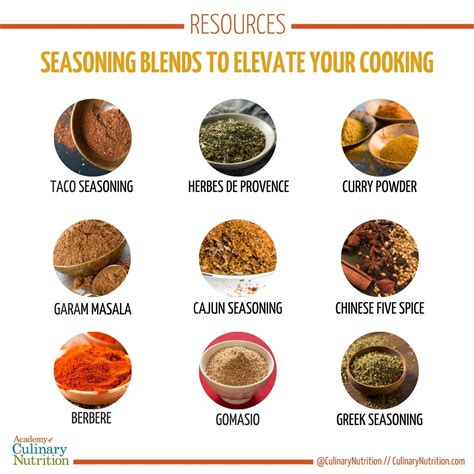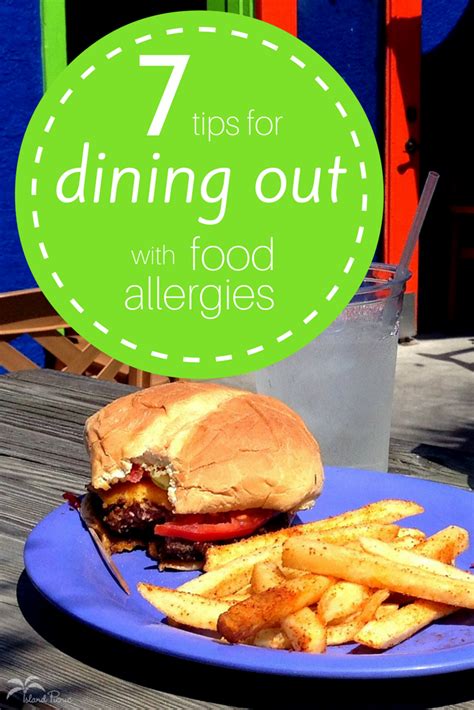Stressed? How Managing Your blood Sugar May Help You Get Happier
While we may not put much thought into it during the day, food is a significant aspect of our daily routine. We’ve all felt sluggish or ‘hangry’ now and then due to imbalances in our blood sugar, and it all comes back to our dietary choices. Maintaining stable blood sugar levels is crucial not only […] The post Stressed? How Managing Your blood Sugar May Help You Get Happier appeared first on HUM Nutrition Blog.

While we may not put much thought into it during the day, food is a significant aspect of our daily routine. We’ve all felt sluggish or ‘hangry’ now and then due to imbalances in our blood sugar, and it all comes back to our dietary choices.
Maintaining stable blood sugar levels is crucial not only for our physical health but also for our mental and emotional stability. Fluctuations in blood sugar levels can significantly affect mood, leading to feelings of irritability, anxiety, fatigue, and even depression. Anyone can experience instability in their glucose levels (leading to negative effects), but they have ways to manage these levels along with their mood.
We discuss what causes disruptions in glucose levels, how to handle them and how BEST OF BERBERINE may be a great supplement for you to take in addition to foods that reduce stress.
What Can Disrupt the Flow of Balanced Glucose Levels?
Several factors can disrupt the delicate balance of glucose levels in the body, leading to mood fluctuations. One significant factor is stress. Michelle Rodgers, RD, LD, Dietitian Nutritionist and founder of EatRight24/7, states, “Stress increases cortisol, which can cause blood sugar levels to rise. Chronic stress can then lead to insulin resistance and higher blood sugar levels over time,” increasing the risk of developing type 2 diabetes.
Inconsistent eating patterns, skipping meals, and consuming excessive sugary or refined carbohydrates can also result in erratic blood sugar levels. These rapid spikes and drops in glucose can leave individuals feeling moody, fatigued, and mentally foggy.
Hypoglycemia vs. Hyperglycemia: Understanding the Difference
Hypoglycemia and hyperglycemia represent opposite ends of the spectrum when it comes to blood sugar levels, each presenting distinct symptoms and consequences.
Hypoglycemia occurs when blood sugar levels drop below normal levels, typically below 70 milligrams per deciliter (mg/dL). Symptoms of hypoglycemia include:
- Shakiness
- Fatigue
- Anxiety
- Sweating
- Confusion
- Irritability
- Rapid heartbeat
- Nervousness
Hypoglycemia can be caused by not eating enough carbohydrates, fasting, and specific diets such as Keto. Too much exercise without replenishing your body with the required nutrients can also drop glucose levels, causing weakness, shaking, and fatigue. It’s crucial to address hypoglycemia right away. Leaving it untreated can lead to seizures, loss of consciousness, and even coma in severe cases.
Hyperglycemia, on the other hand, occurs when blood sugar levels are consistently elevated, often exceeding 180 mg/dL. Symptoms of hyperglycemia include:
- Increased thirst
- Frequent urination
- Fatigue
- Blurred vision
- Weight loss
- Dry Mouth
Hyperglycemia occurs when your body isn’t getting enough insulin (or is unresponsive to it), resulting in insulin resistance. Lifestyle choices like consuming too many carbohydrates, lack of physical activity, and stress can all trigger hyperglycemia. Other factors that we don’t necessarily have control over, such as certain health conditions and medications, can also cause high glucose levels. Over time, untreated hyperglycemia can lead to complications such as nerve damage, eye problems, cardiovascular disease, and kidney damage.
How to Manage Glucose Levels With Foods That Reduce Stress
Effectively managing glucose levels is essential for maintaining a healthy physical and emotional well-being. Here are some strategies for managing blood sugar levels:
- Regular Monitoring: If you’re experiencing occasional episodes of hypo- and/or hyperglycemia, consider purchasing a glucose monitor. This can help you measure your blood sugar levels and write down any patterns in the frequencies of episodes and moods you’re experiencing. (Occasional episodes are normal and can easily be treated or return to normal on their own, but if they become more frequent, you should consult a physician.)
- Balanced Diet: Rodgers recommends having “a palm of clean, lean protein, a thumb of healthy fat along with a fist of [complex] carbohydrates at each meal.” She adds, “Always make sure to eat the carbohydrate last during the meal. You will get a better blood sugar response. Also, make sure to eat consistent meals throughout the day to maintain a steady energy level.” In addition to focusing on what foods to eat, remember to avoid sugary snacks and refined carbohydrates, as these foods can cause rapid spikes in blood sugar levels.
- Regular Exercise: Engaging in regular physical activity can help increase insulin sensitivity to provide energy during (and after) your workout, which helps regulate your blood sugar levels. If you take insulin, make sure to adjust levels before your workouts, as it can potentially cause hyperglycemia with exercise.
- Stress Management: Practice stress-reduction techniques such as meditation, deep breathing exercises, or yoga to help lower cortisol levels and promote emotional well-being.
- Supplement with Berberine: “Berberine has gained attention because of its potential health benefits on metabolic health and blood sugar regulation,” Rodgers says. HUM’s Best of Berberine is a highly versatile supplement that helps manage blood sugar levels. The natural compound has been shown to increase insulin sensitivity and reduce insulin resistance, lowering glucose levels. It can also aid in weight management and support a healthy gut with good bacteria.
Using Nutrition to Balance Your Blood Sugar With Foods that Reduce Stress
Nutrition plays a vital role in balancing blood sugar levels and promoting mood stability. “60 to 70% of your immune system is in and around your gut, which is responsible for making many neurotransmitters like serotonin, GABA, dopamine, glutamate, and acetylcholine”, Rodgers explains. “Your gut is considered your “second brain,” and if your gut is inflamed, so is your brain. It is key to keep your gut healthy to help regulate mood and behavior.”
Incorporating the following dietary recommendations will lower blood sugar levels, decrease stress, and regulate mood:
- Focus on Whole Foods: Choose whole, unprocessed foods such as fruits, vegetables, whole grains, lean proteins, and healthy fats. These foods provide essential nutrients and take longer to digest, resulting in more stable blood sugar levels. Examples include green vegetables, seafood, chickpeas, and whole-grain bread.
- Limit Added Sugars: Avoid foods and beverages high in added sugars, such as sodas, juice, sweets, and processed snacks. These sugary treats can cause rapid spikes followed by a crash in glucose levels, leading to mood swings and energy fluctuations.
- Include Fiber-Rich Foods: Fiber slows down the absorption of glucose in the bloodstream, helping support healthy, stable levels. Incorporate fiber-rich foods such as beans, lentils, oats, and fibrous vegetables into your meals and snacks.
- Healthy Snacking: Choose nutrient-dense snacks that combine protein, fiber, and healthy fats to help stabilize glucose levels between meals. Some examples include Greek yogurt with berries, apple slices with almond butter, or raw vegetables with hummus.
- Moderate Carbohydrate Intake: While carbohydrates are an essential source of energy, it’s important to consume them in moderation and focus on complex carbohydrates, which are digested more slowly. Examples include whole grain bread, quinoa, brown rice, and starchy vegetables like sweet potatoes and squash.
The Glucose Index (GI) chart is optimal for determining which foods are least (and most affected) by our glucose levels. If the GI number is low, the food is digested and absorbed at a slower rate, meaning the glucose is slowly released over a longer period. If the number is high, the food is digested and absorbed quicker, causing a rapid increase in glucose levels. The following ranges determine how quickly a food causes our blood sugar levels to rise, with low GI foods being the best for stabilizing healthy levels:
- Low GI: 1 to 55
- Medium GI: 56 to 69
- High GI: 70 and higher
The Takeaway…
Regardless of dietary habits, your body needs a certain amount of glucose to provide energy. Without it, your body (including your brain) cannot function properly, and because the brain controls mood, unbalanced glucose levels result in negative moods. Overall, maintaining balanced blood sugar levels is crucial for promoting optimal mood and emotional well-being in the long term. By understanding the factors that can disrupt glucose levels, recognizing the symptoms of hypoglycemia and hyperglycemia, and implementing effective strategies (like a balanced, nutritious diet), you can take proactive steps to regulate and maintain healthy glucose levels for a happier you.
The post Stressed? How Managing Your blood Sugar May Help You Get Happier appeared first on HUM Nutrition Blog.

 mainadmin
mainadmin 










